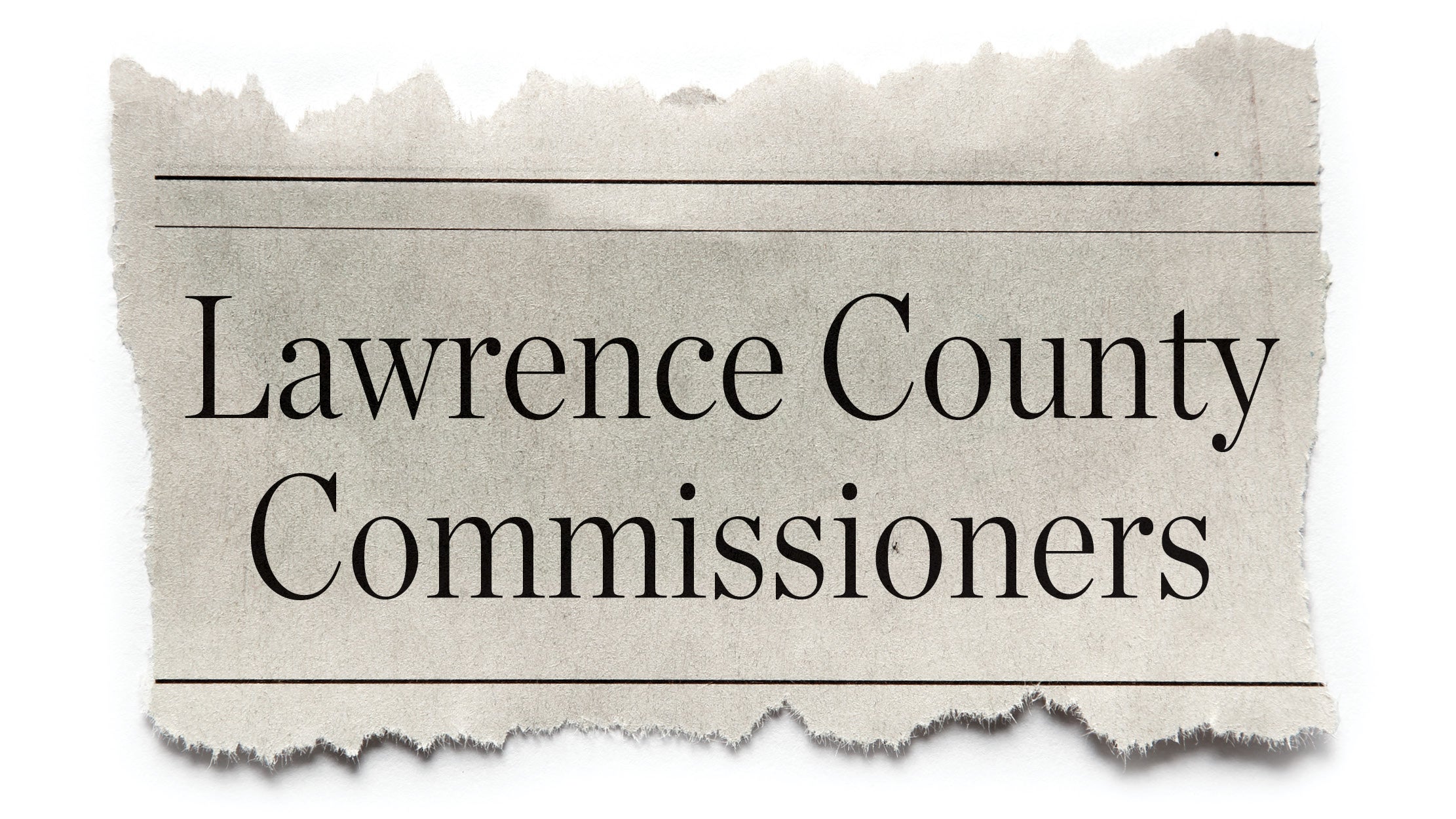40 percent Ohio school grads not college-ready
Published 10:01 am Monday, January 27, 2014
DAYTON (AP) — Forty percent of Ohio high school graduates weren’t ready for college-level math or English when entering the state’s public colleges or universities in 2012, according to new state data.
The percentage shown in the Ohio Board of Regents data indicates that more than 20,000 Ohioans paid college tuition to learn what they should have learned in high school, with the remediation rate only improving slightly from 41 percent in 2011, the Dayton Daily News reported recently.
The new data did not measure students entering private or out-of-state schools. But nationally, an estimated $3 billion is spent a year by students and states on remedial education “with little success to show for it,” according to the nonprofit Complete College America organization.
The Ohio numbers also show that even local school districts rated “excellent” or better by the state have double-digit remediation rates.
“To reduce these numbers, it’s not like there’s one silver bullet,” said Tom Lasley, executive director of Learn To Earn Dayton.
Local districts are continuing to look for ways to cut their remediation rates, according to education officials.
The Dayton City Schools district increased its graduation rate 10 points over the past three years to nearly 70 percent in the 2011-2012 school year, but that didn’t improve the remediation rate, Superintendent Lori Ward said. Seventy-five percent of the district’s graduates entered remedial math or English in 2012.
Lasley said one problem is the move from the 20th century model of a high school graduation culture to a college and career readiness model this century.
Lasley said some people argue that not every student needs to go to college, but he says that’s not the point.
“This is about every kid graduating with sufficient skills to be able to have a living wage job and have the skills to be able to migrate from job to job,” he said
David Estrop, superintendent of Springfield City Schools in southwestern Ohio, said combined efforts helped improve that district’s remediation rate to 66 percent from 70 percent in 2011. Those efforts included a Learning Cafi offering remedial education, extra classes and the opportunity for students and adults to meet college representatives. The district also assesses students’ goals and whether they are ready for college, meeting with them individually on their progress.
Colleges also are likely to focus on developmental education under new completion plans required by June 30 and a new formula basing their funding on whether students complete classes and graduate.
“Rethinking remediation is probably going to be on almost everybody’s plan,” said Stephanie Davidson, vice chancellor at the Ohio Board of Regents.
She says that whether or not a student starts in developmental or remedial classes does have an impact on whether they complete college.
“Frankly, what we’ve done in the past with these students hasn’t worked very well,” she said.



